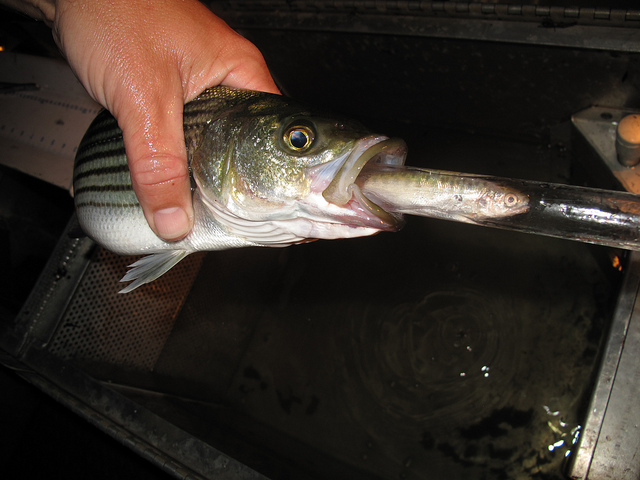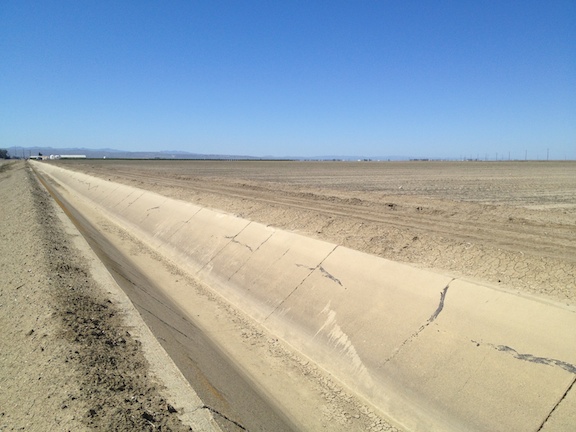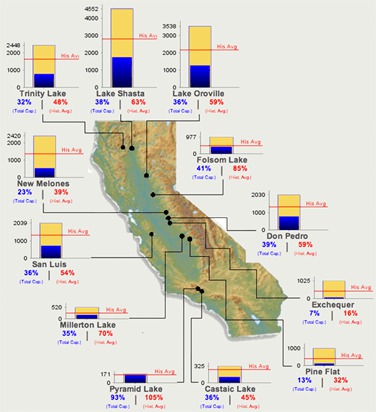So here we are again, California. We’re coming through another dry year and watching the sky, hopeful that Mother Nature will give us a reprieve. We’ve all had a bad year, but everyone needs to buckle up because some of the biggest consumer impacts are just now showing up. Farmers, many of whom received none […]
Countdown: 3 Days to Drought
Countdown: 3 Days to Drought On Wednesday, the State Water Board will vote to redirect enough water in the system to irrigate over 200,000 acres of farmland or meet the annual domestic needs of 2 million people every year. If approved, this action will lead to one of the most preventable droughts California has ever faced. […]
A deep dive into the shallow end
California Magazine, the publication of the UC Berkeley Alumni Association, recently published an article by Glen Martin on California water issues. Titled, A Deep Dive Into California’s Recurring Drought Problem, the article contains a number of recommendations that, if implemented, would devastate large parts of California’s economy, without a significant improvement in California’s available water […]
Many Delta Stressors Impacting Delta Smelt and Delta Health
There are far bigger issues affecting the Delta than water exports and returning to a time prior to Western development is unrealistic. To describe the Delta as altered is to say that New York City is populous or California water politics contentious. Since the 19th century when locals began to reclaim the marshlands, dike the […]
California drought affects farms and consumers
Farmers and consumers share a unique relationship. The California drought is helping people understand how important it is for farms to have the water they need to grow the food we all find at the grocery store. Serious water supply cuts affect our food supply as well as the people in rural communities who depend […]
Another zero water allocation for Valley farms – Unemployment, food lines in California’s food basket
USBR to deliver zero water Today’s announcement that farmers in the Sacramento and San Joaquin valleys will receive zero percent of their contracted supplies from the federal Central Valley Project is a tragic repeat of last year. In 2014 the state’s farm economy lost more than $2 billion and more than 17,000 jobs as […]
Reservoir Levels Map
Opposition to California Drought Legislation is Misleading
Opposition to H.R. 5781 is Misleading H.R. 5781, Congressman David Valadao’s drought relief bill requires water exports to stay within the existing salmon and Delta smelt biological opinions. Concerns raised by NRDC’s Doug Obegi are a red herring to thwart progress on providing water to a parched Central Valley. Exports may increase, as Obegi says, […]
STATEMENT: Water allocation is good news; but does not end drought or restrictive regulations
Water Allocation is Good News, But Doesn’t End Drought The following is a statement by Executive Director Mike Wade of the California Farm Water Coalition in response to the DWR announcement of 10 percent water allocation from the State Water Project.) “Today’s announcement that the State Water Project will deliver an initial allocation of 10 […]


